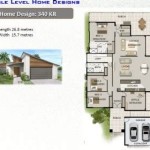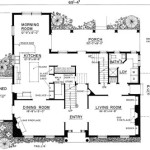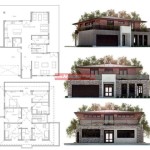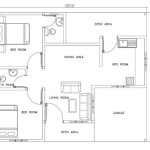Essential Aspects of Walkout Basement House Plans Small
Walkout basement house plans are an ideal choice for those who want to maximize space and natural light in their home. These homes feature a basement that is partially or fully above ground, allowing for a walkout to the backyard or patio. When designing a walkout basement house plan, there are several key aspects to consider to ensure that your home is functional, comfortable, and energy-efficient.
1. Grading and Drainage
Proper grading and drainage are crucial for walkout basement house plans. The slope of the land should be designed to direct water away from the foundation and basement walls. This will help prevent water damage and keep the basement dry and habitable. A drainage system, such as gutters, downspouts, and a sump pump, should also be installed to remove excess water and prevent flooding.
2. Natural Light
One of the main benefits of walkout basement house plans is the abundance of natural light that can be incorporated into the basement. Large windows and sliding glass doors can be installed along the walkout wall to allow sunlight to flood into the basement. This can create a bright and inviting space that feels more connected to the outdoors.
3. Access to the Outdoors
The walkout feature of these homes provides convenient access to the backyard or patio. This can be especially beneficial for families with children or pets who want to play outside. A patio or deck can be built off the walkout basement to create an outdoor living space that extends the living area of the home.
4. Basement Ceiling Height
When designing a walkout basement house plan, it is important to consider the ceiling height in the basement. The ceiling should be high enough to allow for comfortable headroom and to prevent the basement from feeling cramped or claustrophobic. A minimum ceiling height of 7 feet is generally recommended, but higher ceilings are preferred.
5. Energy Efficiency
Walkout basement house plans can be designed to be energy-efficient by incorporating various features. Energy-efficient windows and doors can help reduce heat loss and gain. Insulation in the basement walls and ceiling will also help maintain a comfortable temperature inside the home. Additionally, a walkout basement can provide natural ventilation by opening the windows and doors, which can reduce the need for air conditioning in the summer.
6. Legal Considerations
Before constructing a walkout basement house, it is important to check with local building codes and zoning regulations. Some areas may have restrictions on the height of the walkout basement or the slope of the land. Obtaining the necessary permits and approvals will ensure that your home is built in compliance with local regulations.
7. Interior Layout
The interior layout of a walkout basement house plan should be carefully considered to maximize space and functionality. The basement can be divided into different zones, such as a family room, bedroom, bathroom, and storage area. By thoughtfully planning the layout, you can create a comfortable and inviting living space in your basement.
By considering these essential aspects when designing your walkout basement house plans small, you can create a functional, comfortable, and energy-efficient home that meets your specific needs and preferences.
Small Cottage Plan With Walkout Basement Floor

Small Cottage Plan With Walkout Basement Floor

Walkout Basement House Plans To Maximize A Sloping Lot Houseplans Blog Com

Small Cottage Plan With Walkout Basement Floor

Walkout Basement House Plans To Maximize A Sloping Lot Houseplans Blog Com

House Plans With Walk Out Basements Page 1 At Westhome Planners

House Plans With Walkout Basements Houseplans Com

Small Cottage Plan With Walkout Basement Floor

House Plan 2 Bedrooms Bathrooms 3975 Drummond Plans
:max_bytes(150000):strip_icc()/sl-1590-hemlock-springs-351918dd621a41f2904749340cb63832.jpg?strip=all)
17 House Plans With A Basement Made For Family And Fun








